Who is Mansa Musa - Richest Person in the World of All Time
 |
| King Mansa Musa - Richest Person in the World History |
When talking about the richest people in the world, you often think of Elon Musk, Waltons, Warren Buffett or Bill Gates. However, if you go back in history, the wealth of kings and queens far exceeds that of most billionaires today.
In fact, a man with more total wealth than Bill Gates, Warren Buffet and Walton family member Sam Walton combined is Mansa Musa I with an estimated net worth of $400 billion.
With a fortune of around $400 billion in today’s money, Mansa Musa I of Mali, the first king of Timbuktu was the richest people in the world history. Deriving his wealth from his country’s vast salt and gold deposits, which at one time accounted for half the world’s supply, Musa ruled West Africa’s Malian Empire in the early 14th century, constructing hundreds of mosques across the continent, many of which survive to this day.
Who was Mansa Musa I of Mali - The Richest Rmperor in the History of the World
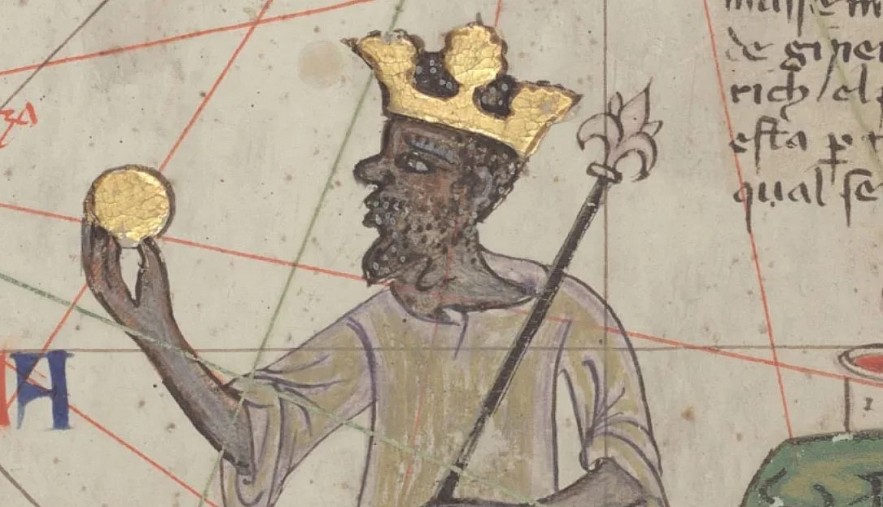 |
| Mansu Musa depicted holding an Imperial Golden Globe in the 1375 - Catalan AtlasAbraham Cresques/Wikimedia Commons |
Mansa Musa (1280-1337), 10th emperor of the Mali Empire in Africa. He ascended the throne in 1312 when his predecessor Abu-Bakr II made a pilgrimage to the Atlantic Ocean and did not return.
During his lifetime, Musa (‘Mansa’ translates as king) accumulated so much wealth that it is difficult to calculate the details. Adjusted for inflation, Mansa Musa's fortune is worth more than $400 billion.
At its heyday under his rule, the Mali Empire spanned more than 3,200 km, including the areas of present-day Chad, Ivory Coast, Gambia, Guinea, Guinea-Bissau, Mali, Mauritania, Niger, Nigeria, Senegal, Mali, Burkina Faso and Senegal
Not only conquered many cities, Mansa Musa also received tribute from many other places. While Europe was grappling with famine, plague, and war, African nations thrived in the Middle Ages.
By controlling important trade routes between the Mediterranean and West Africa, Mansa Musa turned the city of Timbuktu into a center of Islamic culture.
During his reign, Musa was instrumental in expanding his empire threefold, expanding the territory. He also annexed 24 cities, including Timbuktu, which was already an important academic and commercial center. Then Musa built great palaces, mosques and universities here. Two of those monuments still exist to this day.
His vast kingdom stretched across multiple modern African countries like Ivory Coast, Senegal, Mali and Burkina Faso. During Mansa’s rule, his capital Timbuktu became the seat for artists and scholars, becoming one of the important global centers and living through its most glorious age.
Origin of Mansa Musa's Wealth: Salt, Gold and Land
In fact, Musa was a king with many ambitions. The things that brought him riches were not the wealth gained from conquests or mergers. It is the natural resources found in Mali that have brought him unimaginable wealth. The most famous of these were the mines of pure gold, the most valuable metal in the world at the time.
The growing empire means that Musa's fortune is constantly multiplying. According to researcher Kathleen Bickford Berzock, as an emperor, Mansa Musa had almost limitless access to the most valuable sources of wealth in the medieval world.
The major trading centers dealing in gold and other commodities were located in Musa's territory, and he quickly got rich from this trade.
Some estimates put Mansa’s modern day net worth at US$400 billion to US$500 billion, though it can be difficult to fairly calculate a fortune based on gold, salt and land. Many historians, however, agree that his wealth was “richer than anyone could describe”.
| According to data collected by the Royal British Museum, the Mali Empire was at that point the largest gold producer in the world, owning more than half the world’s total supply. |
Historical Hajj Pilgrimage and Dominating the Egyptian Market
 |
| The Historical Pilgrimage of Mansa Musa |
Despite his wealth, Mansa Musa only really caught the attention of the world in 1324 when he made a Hajj pilgrimage to Mecca according to the Islamic tradition. Historians suggest that this trip was part of Musa's calculations. Through the trip he wanted to promote the wealth of the Mali Empire and demonstrate his devotion.
Emperor Musa is said to have brought with him more than 60,000 judges, officials, merchants, servants, camel riders, and 12,000 slaves. All were dressed in luxurious Persian silk, brocade and gold jewelry.
According to historian Ibn Khaldun, every time he rests, the king treats his courtiers with rare and strange food and drinks. 12,000 slaves were tasked with carrying belongings. They are dressed in brocade robes embroidered with brocade and Yemeni silk.
During his stay in Cairo, Musa spent generously. He gave gold to the poor in Cairo. This act of the emperor of Mali has reduced the value of gold in Egypt, the economy of this country is seriously affected. Some historical documents record that after Mansa Musa's visit, Egypt took 12 years to recover.
 |
| Mansa Musa took a 6,500km trip through the desert with tens of thousands of people. Photo: @mansamusa_official_/Instagram |
They estimate that Musa's pilgrimage spent a total of 12.3 tons of gold leading to a devaluation throughout the Middle East that cost about $1.5 billion to the economy there at the time. Emperor Musa spent so much that he ran out of gold before the end of his journey, sparking protests from the people. They think he is wasting too much of the country's money.
Realizing his actions were somewhat "wrong", on the way back, he helped Egypt by buying back all the gold he had given at high interest rates.
Closing the pilgrimage, Musa returned from Mecca. He brought in several Islamic scholars including descendants of the Prophet Muhammad, a poet and architect Abu Es Haq es Saheli. It is reported that the king paid the poet 200kg of gold to obtain his services.
The Merit and Legacy of Mansa Musa
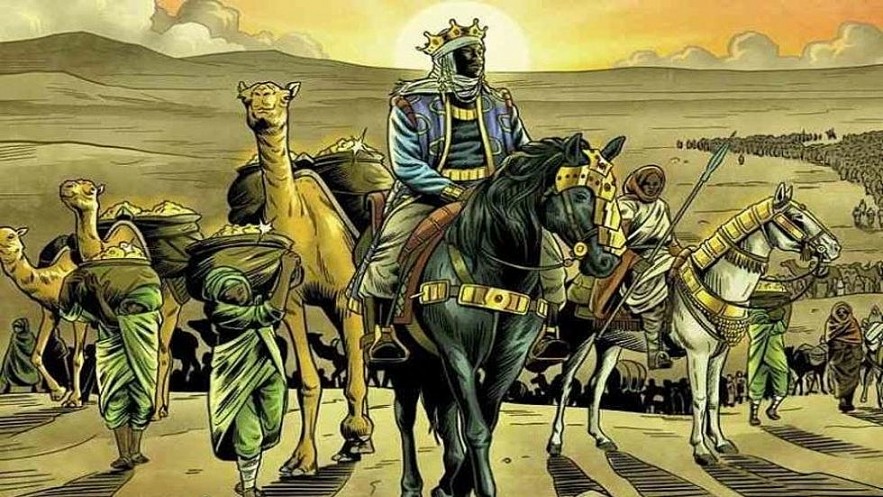 |
| Mansa Musa - Richest King in the World History |
Mansa Musa is known to have been a generous king. In fact, he is called ‘King of Kings’. The man donated so much gold to the poor that they became rich and threw the economy of places into a spiral.
Not only flaunting his wealth, Musa is credited with building many of the most elaborate mosques in history and some of which are still standing today. In addition, he also built many schools, libraries and turned Timbuktu into an educational center.
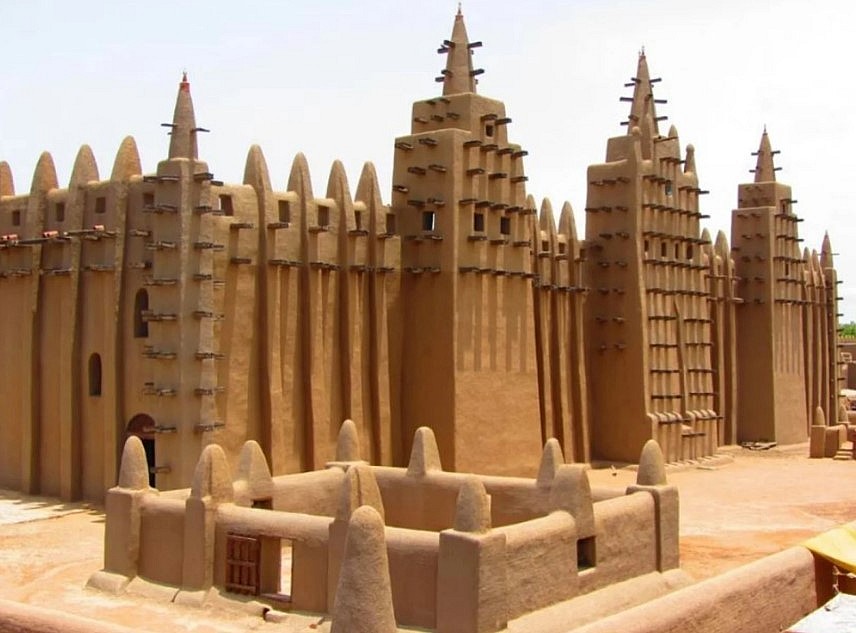 |
| Mansa Musa helped build up Timbuktu - Photo: @africaupdates/Twitter |
In 1337, after 25 years of ruling the Mali Empire, Musa died at the age of 57 and passed the throne to his son, Mansa Maghan. However, the young king was unable to maintain Mali's wealth and peace.
At the end of the 14th century, parts of Mali were gradually occupied by other empires. The nation's wealth is therefore also exhausted. In the 15th century, Mali became a Portuguese colony. The arrival of Europeans in West Africa marked the end of the once prosperous Mali Empire with the richest king in human history.
| After his return home, the history books are less definitive on what happened next. Some say he died in 1332, whilst others say 1337. Either way, his sons inherited the throne but couldn’t keep the empire together. Whilst the sun had set on the Empire of Mali, the legend of Mansa Musa and his enormous wealth was only just beginning. |
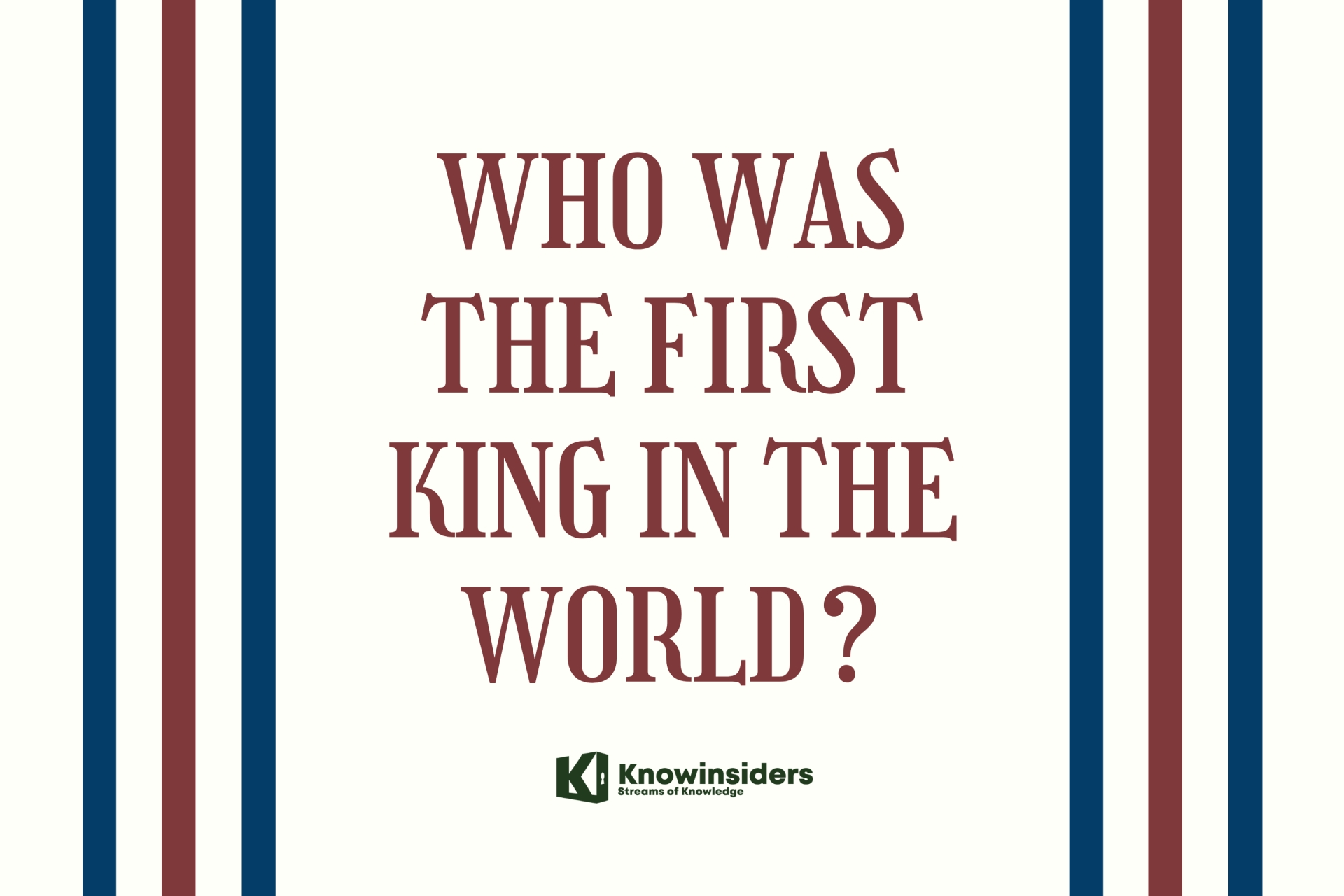 Who Was The First King And Top 10 Greatest Kings In The World of All Time Who Was The First King And Top 10 Greatest Kings In The World of All Time Who was the King of the first empire in the world’s history? Read on this article to know the answer. |
 How Many Kings And Monarchies In The World Today? How Many Kings And Monarchies In The World Today? Do you know how many monarchies in the world today? Read on to find out interesting facts. |
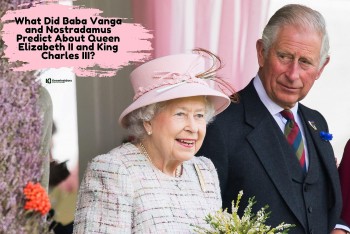 What Did Vanga and Nostradamus Predict About King Charles III? What Did Vanga and Nostradamus Predict About King Charles III? Baba Vanga and Nostradamus of the Balkans, the two blind mystics, have caught attention again recently thanks to their accurate predictions about the Queen Elizabeth ... |























